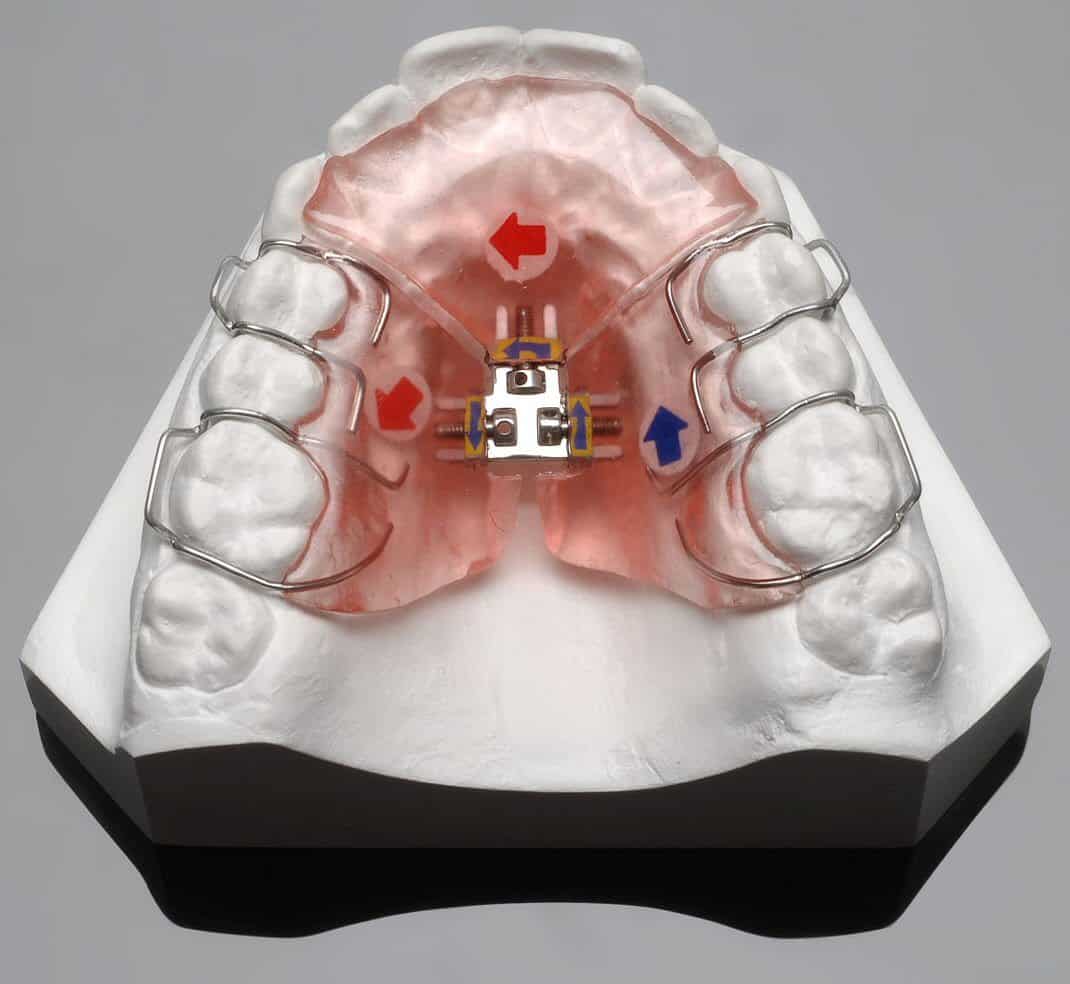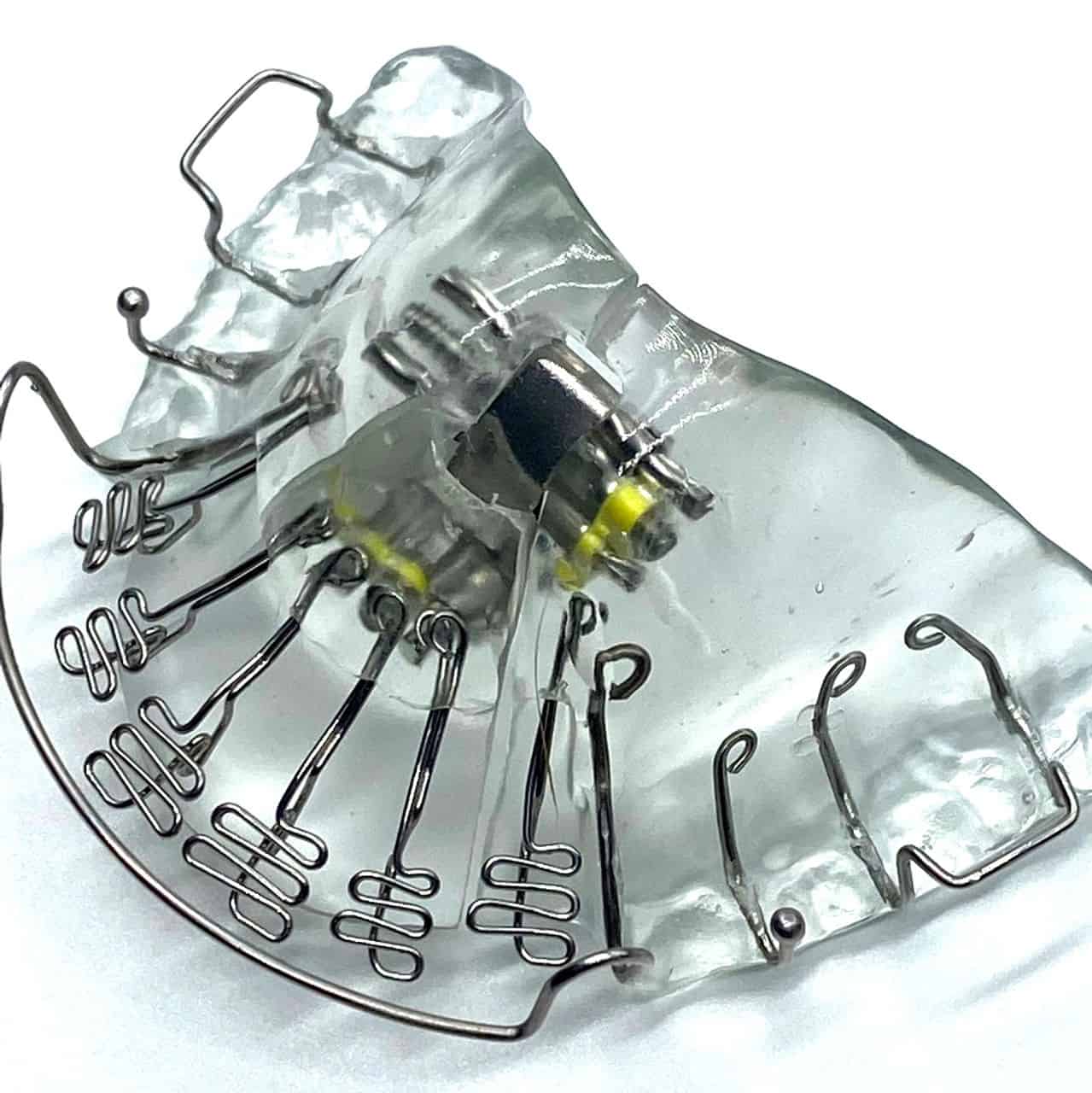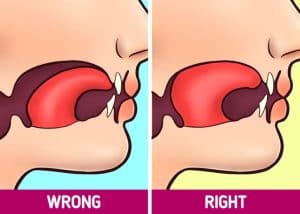Important Points about Myofunctional Therapy
- Myofunctional therapy focuses on improving the coordination and positioning of tongue, jaw, and facial muscles to enhance essential functions such as breathing, speech, and swallowing.
- Orofacial myofunctional disorders (OMDs) can have significant impacts on facial skeletal growth, dental alignment, and speech, often requiring early identification and intervention by a certified therapist.
- Myofunctional therapy includes specialized exercises targeting oral muscle strength and function, emphasizing nasal breathing, correcting tongue thrust, and addressing detrimental oral habits to support overall oral health and quality of life.
Understanding Myofunctional Therapy
Delving into the heart of orofacial myofunctional therapy, it’s essential to grasp its core principles. Imagine a specialized form of physical therapy, but instead of focusing on the limbs or back, it zeroes in on the tongue and facial muscles. These muscles are pivotal for everyday functions such as:
- Speaking
- Chewing
- Swallowing
- Breathing
A myofunctional therapist is like a skilled conductor, orchestrating exercises to remaster the symphony of movements in these areas, ultimately rehabilitating any abnormal movement patterns.
The therapy isn’t just about muscle strength; it’s about positioning and coordination, ensuring that the tongue, jaw, and oral facial muscles work together harmoniously. This collaboration of muscles supports better breathing, speech, and swallowing — functions that, when improved, can significantly enhance the quality of life. For individuals preparing for a tongue tie release, myofunctional therapy can be a vital prelude, setting the stage for a successful procedure and recovery.
Identifying Orofacial Myofunctional Disorders (OMDs)
When the delicate balance of muscle functions in the face and mouth is disrupted, the result may be orofacial myofunctional disorders, commonly referred to as OMDs. These are not merely aesthetic concerns; they can profoundly affect facial skeletal growth and lead to a range of issues, including:
- Dental problems
- Challenges with facial esthetics
- Difficulty in closing the lips to swallow
- Limited tongue movement, which can interfere with essential activities like eating and speaking
Moreover, the repercussions of OMDs can extend to dental alignment, contributing to conditions like open bites, which may subsequently require orthodontic treatment. It’s not uncommon to find that a child with an orofacial myofunctional disorder struggles with speech, a symptom that can often be misattributed to other causes. Recognizing these disorders is the first step toward treatment and is typically the domain of a certified orofacial myologist or a myofunctional therapist.
Common Causes of OMDs
Pondering the origins of orofacial myofunctional disorders leads us down a path of diverse etiologies. Oral habits and behaviors, particularly in young children, such as thumb sucking and the prolonged use of pacifiers, are chief culprits in the development of OMDs. However, the root causes are not always behavioral. Structural and physical abnormalities like tongue-tie and restricted nasal airways due to enlarged tonsils or adenoids can also set the stage for these disorders.
In some instances, neurological and developmental factors come into play. A hereditary predisposition or developmental delays can influence the onset of OMDs, reminding us of the intricate interplay between genetics and environment. It’s a complex web of causation, one that underscores the importance of a comprehensive assessment when diagnosing and treating these disorders.
Key Benefits of Myofunctional Therapy
The transformative power of myofunctional therapy lies in its ability to tackle a spectrum of issues stemming from OMDs. For children grappling with speech problems, the targeted exercises prescribed by a myofunctional therapist can retrain and strengthen muscles, fostering clearer articulation and speech. But the benefits don’t end with speech; myofunctional therapy can enhance feeding skills by improving the efficiency of eating, breathing, or talking.
Perhaps one of the most significant advantages of myofunctional therapy is its capacity to correct improper muscle function in the mouth and face, which, if left unaddressed, can lead to:
- Crowded or misaligned teeth
- Speech difficulties
- Breathing problems
- Sleep apnea
- TMJ disorders
Such dental alignment issues can not only affect one’s smile but also contribute to a host of other dental problems. Through myofunctional therapy, patients have a pathway to better oral health and, by extension, an improved quality of life.
How Myofunctional Therapy Works
The journey towards rectifying orofacial myofunctional disorders through therapy is a personalized one. It begins with a comprehensive assessment, where a therapist evaluates the patient’s oral and facial muscle functions, crafting a customized treatment plan to address the specific issues identified.
This tailored approach is the cornerstone of myofunctional therapy, focusing on retraining adaptive muscle functions to cultivate a healthier orofacial environment.
Oral Muscle Exercises
Central to myofunctional therapy are the meticulously designed oral muscle exercises that target key areas for improvement. These exercises, such as the tongue slide and the finger in cheek, are not only tailored to strengthen the muscles but also to enhance tone and function. Chewing motion exercises, for instance, not only strengthen the jaw and facial muscles but also serve as a simulation for real-life actions such as eating.
The regimen includes a series of exercises like the tongue stretch and the tongue forces exercise, which concentrate on developing the tongue and other orofacial muscles. These exercises are not just about repetition; they’re about promoting a proper oral rest posture and improving oral hygiene through muscle activation and control.
Improving Nasal Breathing
A cornerstone of myofunctional therapy is the emphasis on nasal breathing, a fundamental yet often overlooked aspect of our health. Insufficient habitual nasal breathing can lead to issues such as sleep disordered breathing, difficulty breathing, and even obstructive sleep apnea. Nasal breathing exercises are aimed at promoting proper airflow, which in turn can improve sleep quality and ameliorate these issues. These exercises, such as inhaling through the nose with a closed mouth and exhaling gently while pressing one nostril, not only encourage the correct breathing technique but also help clear blocked nasal passages and reduce mouth breathing. For some individuals, incorporating continuous positive airway pressure therapy may further enhance the benefits of these exercises.
The act of alternating breathing through each nostril, known as nostril breathing, can further enhance this capability, ensuring that the nasal passages are used efficiently. By focusing on these breathing exercises, myofunctional therapy contributes to the normalization of a vital body function that supports overall well-being.
Correcting Tongue Thrust
Tongue thrust is a condition where the tongue protrudes through the teeth during activities such as swallowing, speaking, and sometimes even at rest. Correcting tongue thrust is a pivotal aspect of myofunctional therapy, involving exercises that train the tongue to assume the correct resting position, thereby enhancing muscle coordination and strength. This correction is crucial for improving oral functions and overall myofunctional health.
The exercises designed to correct tongue thrust are not only therapeutic but also preventive. By retraining the tongue to rest correctly against the roof of the mouth, patients can prevent the misalignment of teeth and other complications that could arise from this condition. Ensuring that the tongue rests properly is fundamental to maintaining an open airway and promoting healthy oral habits.
Role of Speech Language Pathologists in Myofunctional Therapy
Speech-language pathologists (SLPs) are the unsung heroes in the world of orofacial myofunctional therapy, offering a unique set of skills that are invaluable in diagnosing and treating OMDs. Their expertise extends to assessing and addressing issues related to swallowing, speech, and oral postures, making them key players in the therapeutic process. The American Speech-Language-Hearing Association underscores the responsibility of SLPs in identifying abnormal oral habits and providing interventions to correct them, an essential aspect of myofunctional therapy.
SLPs are crucial for ensuring that myofunctional therapy exercises are performed correctly and effectively. Under their supervision, patients can expect to see improvements in speech clarity, feeding abilities, and even sleep quality, which are common functional outcomes affected by OMDs. It’s the SLP’s role to tailor the therapy to the individual’s needs, ensuring a holistic approach to treatment.
Impact on Sleep Disordered Breathing and Obstructive Sleep Apnea
For many, the battle against sleep disordered breathing and obstructive sleep apnea is a nightly struggle. Myofunctional therapy offers a beacon of hope, with exercises that can lead to more restful and restorative sleep by improving the function of muscles in the upper airway and ensuring proper tongue positioning. By addressing issues like sleep apnea, which can cause airway blockages during sleep, myofunctional therapy helps to treat obstructive sleep apnea, thereby reducing symptoms and potentially preventing relapse after surgical treatment.
The relationship between muscle strength and sleep quality is significant. Strengthening the muscles of the mouth and throat through myofunctional therapy can reduce snoring and apnea events by maintaining airway patency. The collaborative efforts between integrative dentists and myofunctional therapists are particularly effective in treating these conditions by improving oral muscle function.
Addressing Oral Habits
Oral habits such as thumb sucking and tongue thrusting play a significant role in the development of OMDs, and addressing these habits is a fundamental part of myofunctional therapy. While thumb sucking often stops naturally, intervention may become necessary if the habit persists. Strategies for breaking these habits may include:
- Positive reinforcement
- Identifying stress triggers
- Gentle reminders
- Focusing on positive reinforcement
Speech therapists may include these strategies as part of the myofunctional therapy program.
The importance of addressing chewing habits past and present goes beyond the immediate impact on oral health; it can have long-term effects on dental alignment, speech problems, and even self-esteem. Myofunctional therapists, in collaboration with dental professionals, work diligently to correct these habits, ensuring a comprehensive approach to treatment and ultimately improving the patient’s oral and overall health.
Getting Started with Myofunctional Therapy
Embarking on the path of myofunctional therapy begins with consulting a certified speech-language pathologist or orofacial myologist. The International Association of Orofacial Myology (IAOM) directory is an excellent resource for finding qualified therapists who have undergone rigorous training and attained high qualifications in the field. It’s crucial to ensure that the therapist’s approach aligns with your personal goals and concerns, as this will form the foundation of a successful treatment plan.
When considering myofunctional therapy, it’s important to remember that it is a commitment to improving one’s health. The therapy requires consistent practice and dedication. Hence, choosing a therapist who not only possesses the necessary expertise but also resonates with your personal health philosophy is essential. This ensures a collaborative and supportive therapeutic journey.
Collaboration with Other Professionals
The efficacy of myofunctional therapy is significantly enhanced when it is part of a collaborative effort with other healthcare professionals. Dentists, for instance, provide additional strategies for addressing thumb-sucking and its impact on dental health. When combined with orthodontic treatment, myofunctional therapy can improve teeth alignment and reduce the need for braces or surgery, addressing underlying muscle issues that could cause teeth to drift after treatment.
Beyond dentistry, integrative dentists may work with craniosacral therapists and osteopathic doctors to address broader bodily implications, such as breathing issues and jaw alignment. This multidisciplinary approach ensures that patients receive comprehensive care that considers the biological impact of dental issues on the whole body. Such collaboration between different healthcare specialists is key to achieving optimal outcomes for patients with OMDs.
 703-712-1053
703-712-1053 



